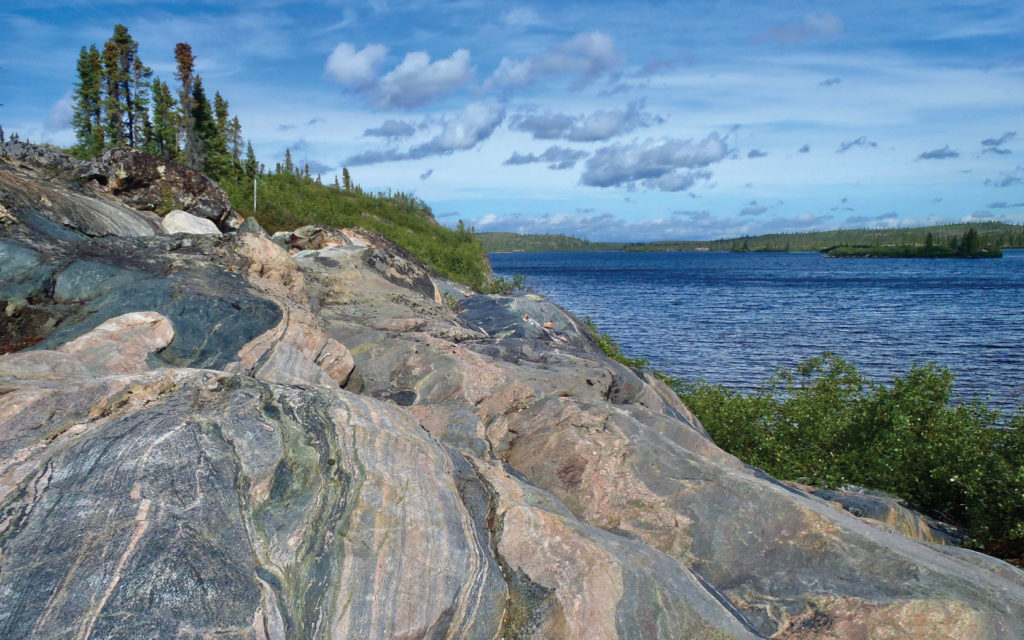Scientists had long debated when plate tectonics and subduction began, with estimates ranging from 0.85 to 4.2 billion years ago—more than two-thirds of the planet’s history. Discovering when plate subduction began means pinpointing when Earth transitioned from a planet dominated by transient landmasses piercing through the oceans’ surface to one composed of long-lived continents where long-term biogeochemical cycles are controlled by volcanic degassing and recycling into Earth’s interior.
A finding that aimed to shed light on a hotly contested debate in Earth sciences: when did plate subduction begin, suggests that the process could have started 3.75 billion years ago. The findings also indicate that this process has reshaped the Earth’s surface and setting the stage for a planet hospitable to life.
The study was conducted by scientists at Scripps Institution of Oceanography at UC San Diego and the University of Chicago.
Clues to Earth’s earliest habitability lie in the elements that ancient rocks are made out of—explicitly titanium. Scientists examined samples of Earth’s oldest-known rocks from the Acasta Gneiss Complex in the Canadian tundra.

These rocks are dated from the Hadean eon, which began toward the start of Earth’s formation and was characterized by hellish conditions on a planet that would look alien to our modern eyes.
Scientists mainly focused on isotopes, which are variations of the same element based on their neutrons. Taking the samples from Acasta Gneiss provided by Jesse Reimink, an assistant professor at Penn State University, they crushed bits of the rock into a powder that was then heated to form a glass bead. This process allows the dissolution of the titanium she sought to analyze.
Once cooled, the bead was dissolved in acid, and the titanium was chemically separated from other elements. Scientists were then able to determine the variations of titanium isotopes present in the sample using a mass spectrometer.
They then compared the samples to new, modern rocks formed in subduction zones. In samples aged at 3.75 billion years old, they noticed similarities in structure and composition to the modern ones, suggesting that plate subduction began around that time.
Study lead author Sarah Aarons said, “A lot of previous work has been done on these rocks to carefully date them, and provide the geochemical and petrological context. We were fortunate to get the opportunity to measure titanium isotope compositions, a burgeoning isotope system in these samples.”
In four-billion-year-old rock samples, Aarons saw similarities to modern rocks that are formed in plume settings, like Hawaii and Iceland, where a landmass is drifting over a hot spot. However, in rocks aged at 3.75 billion years, she noticed a shift in trend to rocks that are formed in modern subduction zones, suggesting that around that time in Earth’s history these areas began forming.
Aarons said, “While the trend in the titanium isotope data does not provide evidence that plate tectonics was happening globally, it does indicate the presence of wet magmatism, which supports subduction at this time.”
Journal Reference:
- Sarah M. Aarons et al., Titanium isotopes constrain a magmatic transition at the Hadean-Archean boundary in the Acasta Gneiss Complex, Science Advances 09 Dec 2020: Vol. 6, no. 50, eabc9959. DOI: 10.1126/sciadv.abc9959
